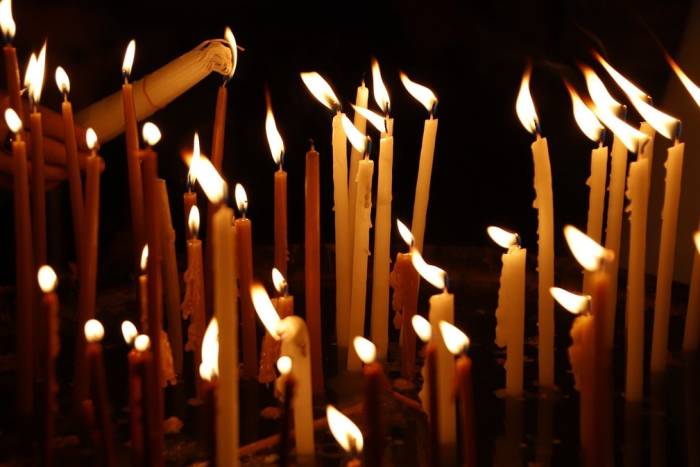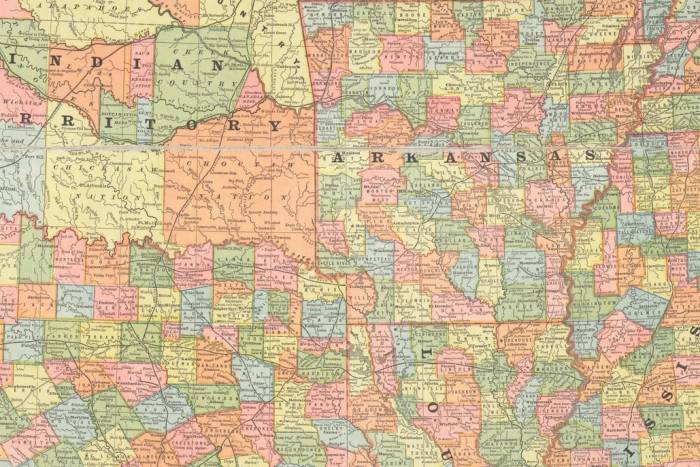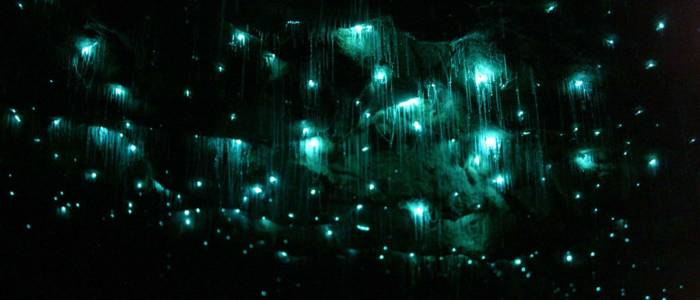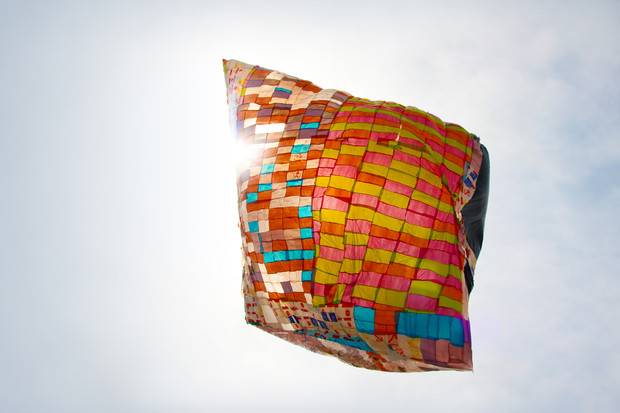Saiho-ji, a Zen Monastery Morphed into a Paradise of Moss
Known also as Koke-dera, an Edenic enclosure is home to 120 species of moss.
‘How are you doing? 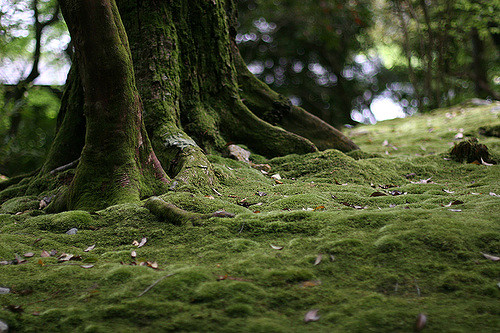
The moss has grown greener since the rain.’
‘What Zen is there before the moss was greener?’
The old pond, ah!
A frog jumps in:
The water’s sound.
Dialogue between Zen master Basho and his teacher Buccho
In Kyoto, there is a garden with a temple (which may be a tautology), officially called Saihō-ji, or “Temple of the perfumes of the West.” Originally built in the 8th century as a venue dedicated to the Buddha, Amitabha, it was rebuilt 500 years later by the legendary Japanese gardener, Muso Soseki, who transformed it into a Zen monastery.
Over time, nature has made much of the space and has covered it with a carpet of moss. All around the body of water, called an ogonchi or “Golden Pond” dozens of species have proliferated, eventually making it into a most distinctive place. Colloquially, the former monastery is known today as the Koke-dera, literally the “Moss Temple”. It’s said that better than 120 species of moss have taken to the garden, concentrating themselves most clearly on the banks of the pond. The quiet intensity of their process began, paradoxically and preciously, during a period of a little more than a century when the site was neglected. A padded sanctuary unique in the world, today the site receives thousands of visitors attracted by the greenery of this soft paradise.
There are corners of the world intended to cultivate enchantment; places that go beyond functionality and practicality in favor of a sort of ethereal utility. Beyond the buoyant beauty that usually distinguishes such places, or precisely because of it, they fulfilled particularly generous functions alongside the development of humanity; Koke-dera is one of these.
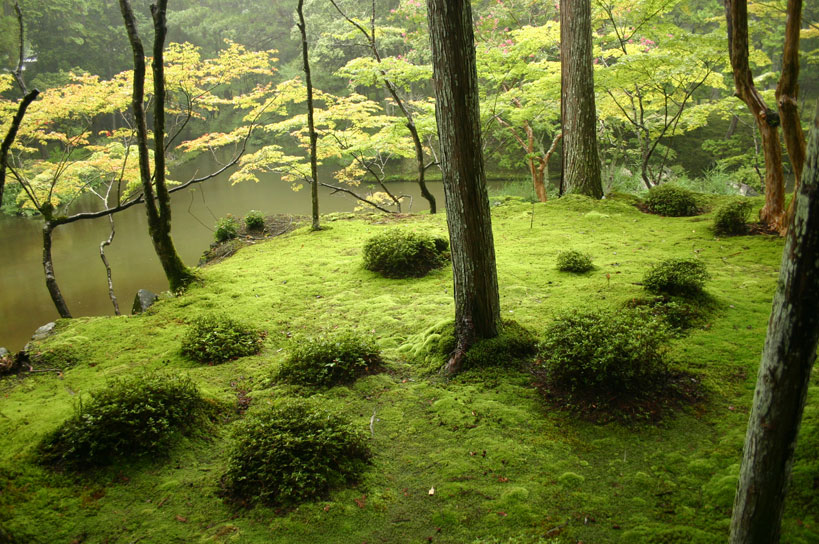
Related Articles
When ancient rituals became religion
The emergence of religions irreversibly changed the history of humanity. It’s therefore essential to ask when and how did ancient peoples’ rituals become organized systems of thought, each with their
Seven ancient maps of the Americas
A map is not the territory. —Alfred Korzybski Maps are never merely maps. They’re human projections, metaphors in which we find both the geographical and the imaginary. The cases of ghost islands
An artist crochets a perfect skeleton and internal organs
Shanell Papp is a skilled textile and crochet artist. She spent four long months crocheting a life-size skeleton in wool. She then filled it in with the organs of the human body in an act as patient
A musical tribute to maps
A sequence of sounds, rhythms, melodies and silences: music is a most primitive art, the most essential, and the most powerful of all languages. Its capacity is not limited to the (hardly trivial)
The enchantment of 17th-century optics
The sense of sight is perhaps one the imagination’s most prolific masters. That is why humankind has been fascinated and bewitched by optics and their possibilities for centuries. Like the heart, the
Would you found your own micro-nation? These eccentric examples show how easy it can be
Founding a country is, in some ways, a simple task. It is enough to manifest its existence and the motives for creating a new political entity. At least that is what has been demonstrated by the
Wondrous crossings: the galaxy caves of New Zealand
Often, the most extraordinary phenomena are “jealous of themselves” ––and they happen where the human eye cannot enjoy them. However, they can be discovered, and when we do find them we experience a
Think you have strange reading habits? Wait until you've seen how Mcluhan reads
We often forget or neglect to think about the infinite circumstances that are condensed in the acts that we consider habitual. Using a fork to eat, for example, or walking down the street and being
The sky is calling us, a love letter to the cosmos (video)
We once dreamt of open sails and Open seas We once dreamt of new frontiers and New lands Are we still a brave people? We must not forget that the very stars we see nowadays are the same stars and
The sister you always wanted (but made into a crystal chandelier)
Lucas Maassen always wanted to have a sister. And after 36 years he finally procured one, except, as strange as it may sound, in the shape of a chandelier. Maassen, a Dutch designer, asked the

